The tile and wall tapping sound hammer is a professional tool used to inspect the bonding quality of tiles, walls, and floors. By gently tapping surfaces and listening to sound variations, users can identify hollow areas, poor adhesion, or internal voids. It is widely used in construction quality control, acceptance inspections, and renovation evaluations.
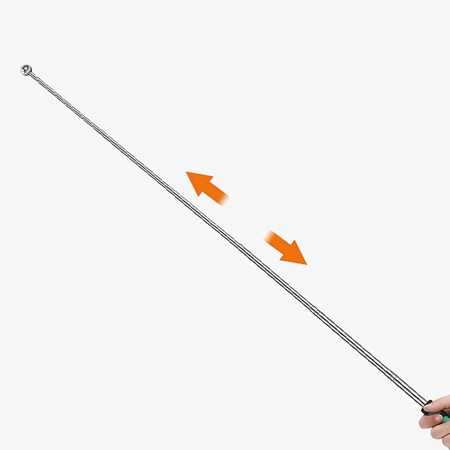
Acoustic Feedback Design
- The hammer head of the tile and wall tapping sound hammer and handle are engineered to transmit clear sound differences when tapping solid vs. hollow areas.
- The tile and wall tapping sound hammer is made of stainless steel or high-quality alloy for consistent impact and longevity.
- It provides a comfortable grip for prolonged use in construction site inspections or maintenance tasks.
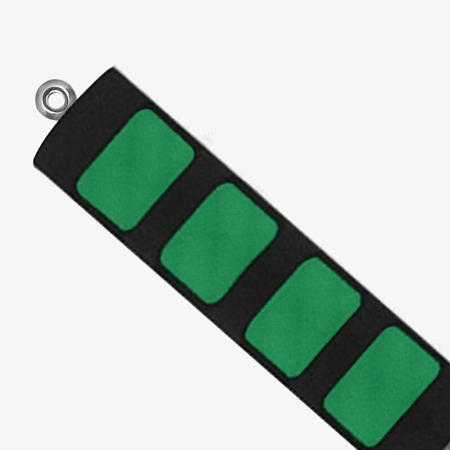
Compact and Portable
- The lightweight design of the tile and wall tapping sound hammer makes it easy to carry on-site for routine inspections.
- The handle of the tile and wall tapping sound hammer has an anti-slip design, suitable for long-term grip and more stable operation. It has a portable design: compact in size, convenient to carry to construction sites for on-site inspection.
- It is designed with groove reinforcement, which makes it less prone to shrinkage and reduces shaking during use.
Applications
The SISCO sound detection hammer is a specialized tool widely used in non-destructive testing (NDT) to evaluate the structural integrity of materials by acoustic feedback. It is commonly applied in the inspection of concrete, stone, ceramics, and other solid materials for detecting internal cracks, voids, delaminations, or loose parts. The hammer produces a characteristic sound upon impact, which is analyzed by experienced operators to assess material conditions.
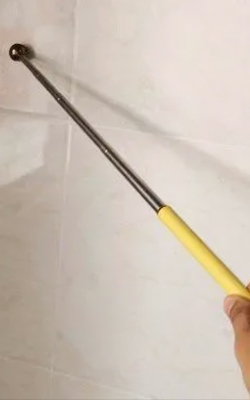
Floor or Tile Inspection
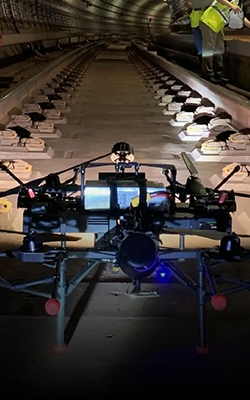
Tunnel Inspection
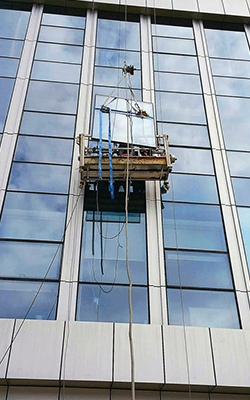
High Places Areas

Construction Inspection
| Model | SISCO-SH-AL |
| Hammer Head Material | Steel |
| Handle Length | 9.6cm |
| Handle Material | Sponge+Metal |
| Weight | 0.14kg |
| Stretching Length | 100cm, 120cm, 140cm |
Q1: What is a tile and wall tapping sound hammer used for?
A1: A Tile and Wall Tapping Sound Hammer is used to detect hollow or loose areas behind tiles, walls, floors, or building surfaces by listening to the sound produced upon tapping. It is widely used in construction inspection, tile laying quality checks, and maintenance assessments.
Q2: How does a tile and wall tapping sound hammer work?
A2: The hammer is tapped lightly against the surface. A solid area will produce a sharp, high-pitched sound, while a hollow or detached area emits a dull, low-pitched sound, helping users identify potential defects or detachment.
Q3: Does the tile and wall tapping sound hammer damage the surface?
A3: No. The tapping hammer is designed to apply minimal force and is typically rubber-tipped or has a controlled striking head to avoid damaging surfaces during inspection.
Tips: How to use the tile and wall tapping sound hammer?
- Try to strike at the center of tiles or walls, avoiding testing at edges or joints to avoid affecting sound judgment or damaging materials.
- Maintain the sound hammer consistent tapping force and avoid excessive force to prevent tile breakage or wall damage. The sound in solid areas is dull, while the sound in hollow or detached areas is crisp. Pay attention to the sound changes produced by tapping.
- It can be used in conjunction with hollow drum detectors, infrared thermal imaging devices, and other tools to improve detection accuracy and can be used for hollowing detection of materials such as tiles, marble, concrete walls, plaster layers, stone, etc.
- It is recommended to conduct tapping inspection after brick laying construction, before delivery, and when water seepage/bulging/cracking occurs.
- Tap the walls/floors in a "Z" shape or grid order to avoid missing areas. Wear hearing protection and goggles during testing, especially when used in larger construction sites.
- Wipe the hammer head promptly after use to prevent dust and impurities from affecting the clarity and accuracy of the next test. Store in a dry and ventilated place to prevent damage to the rubber hammer or wooden handle from prolonged exposure to moisture or high temperatures.
Thank you for buying industrial test and measurement equipment on SISCO.com, all products sold by SISCO and the partner cover a 12 months warranty, effective from the date of receiving the products.
What is covered?
SISCO is responsible for providing free spare parts, and free technical support to assist the customer to repair the defective products until the problem is solved.
What is not covered?
- Product purchased from anyone other than a SISCO store or a SISCO authorized reseller.
- Expendable parts.
- Routine cleaning or normal cosmetic and mechanical wear.
- Damage from misuse, abuse or neglect.
- Damage from use of parts other than SISCO approved.
- Damage from use outside the product’s usage or storage parameters.
- Damage from use of parts not sold by SISCO.
- Damage from modification or incorporation into other products.
- Damage from repair or replacement of warranted parts by a service provider other than a SISCO authorized service provider.
- Damage caused by the application environment not meeting the product usage requirements and the failure to perform preventive maintenance.

